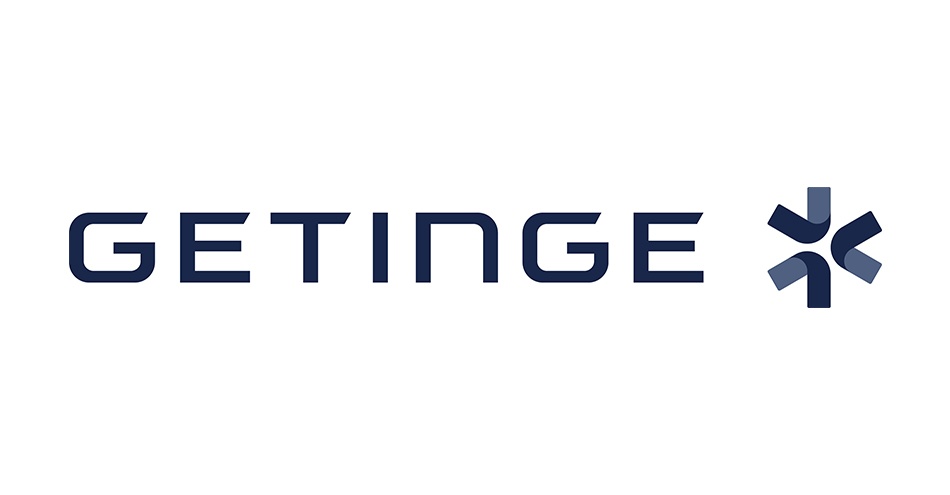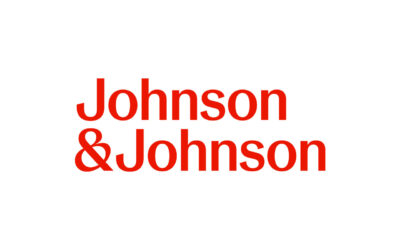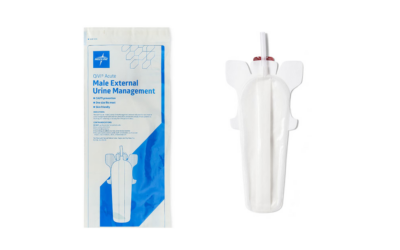
Getinge is today announcing clearance from the US Food & Drug Administration (FDA) for a new software version for the Servo-u® and Servo-n® mechanical ventilator platform. This software release includes the addition of Servo Compass® and High Flow therapy as well as additional advancements for ventilation therapy support.

Jens Viebke, President Acute Care Therapies at Getinge
“This is an important milestone for Getinge’s ventilation business in the US,”, says Jens Viebke, President Acute Care Therapies at Getinge. “With the innovative options for Servo Compass and High Flow therapy we can meet the demand from our US customers to support the ARDSnet protocol as well as integrated high flow oxygen therapy. This brings new possibilities to grow Getinge’s business within the US ventilation market”.
Mechanical ventilation is a means of life support for patients with severe respiratory diseases. According to the World Health Organization, respiratory diseases make up five of the 30 most common causes of death. Lung diseases and conditions such as ARDS (Acute Respiratory Distress Syndrome) play a significant role.The global burden of ARDS has been estimated to be in excess of 3 million patients per year.[1] Virtually all patients with ARDS require mechanical ventilation to assist the lungs with oxygenation and provide time to heal. The incidence of ARDS in the US only has been estimated between 78.9 and 81.0 per 100,000 population.[2]
“The Servo platform is indicative of Getinge’s longstanding support of the respiratory care market and the clinicians that we serve. We are pleased to provide this software upgrade to the Servo-u and Servo-n for our US customers,” stated Eric Honroth, President for Sales Region North America, Getinge. “We are committed to the continued growth of Getinge in the ventilation market and to supporting clinicians with innovative and intuitive therapy solutions.”
The new software supports therapies compliant with the ARDSnet protocol[3] and goal directed lung protective ventilation for all patient categories with the inclusion of measurement of driving pressure. The new features include volume control with decelerating flow, enhanced alarm management, streamlined setup for modes of ventilation and context based guidance for ease of use.
Servo Compass® visualizes volume and pressure in relation to set targets in invasive modes, alerting clinicians to potentially changing conditions and allowing them to intervene with appropriate therapy. High Flow therapy reduces the patient’s work of breathing, improving comfort and tolerance.
Servo Compass® and High Flow Therapy join NAVA® and Edi monitoring as part of the Servo portfolio focusing on the activation of the diaphragm and protection of the lungs. The goal is to enable clinicians to wean patients from the ventilator and promote lung protective ventilation.
New software and related modules are expected to be available in the US at the end of April, 2019.
Sources:
- Fan E, JAMA. 2018 Feb 20;319(7):698-710.
- Pham T, Am J Respir Crit Care Med. 2017 Apr 1;195(7):860-870.
- Ardsnet.org









